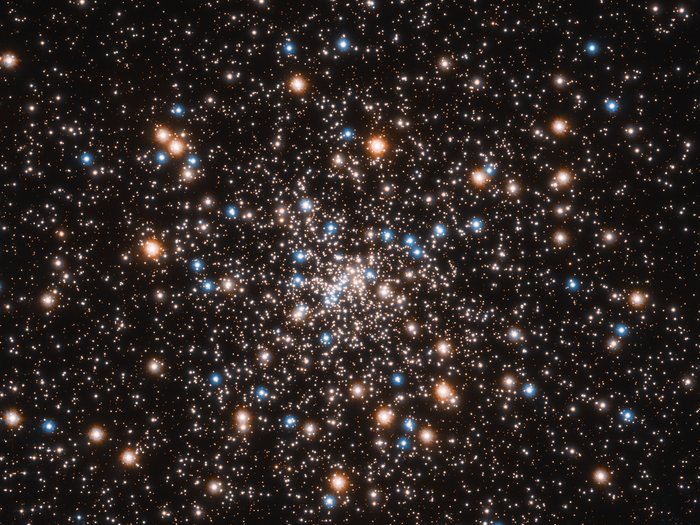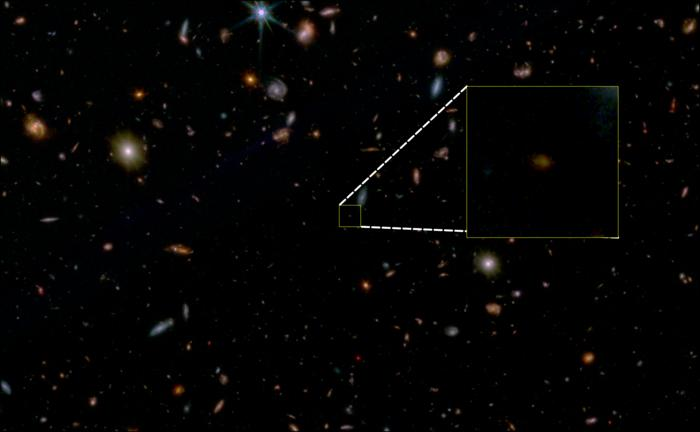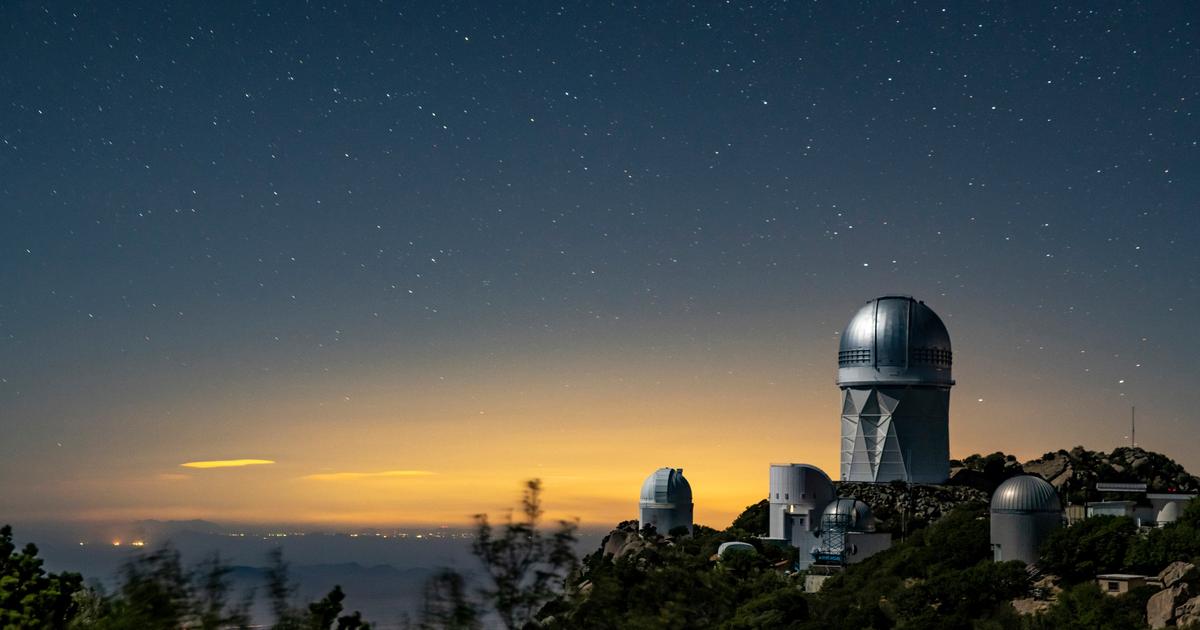There would be 40 billion billion black holes existing in the universe and 1% of ordinary matter would be imprisoned inside them, that is visible matter, different from the still very mysterious dark one. The estimates are the result of the research published in The Astrophysical Journal, coordinated by the International School of Advanced Studies (Sissa) of Trieste and conducted in collaboration with the Institute for Fundamental Physics of the Universe (Ifpu) of Trieste, National Institute of Nuclear Physics (Infn), University of Padua, National Institute of Astrophysics (INAF) and the British universities of Southampton and Durham
Signed by Alex Sicilia, under the supervision of the teacher Andrea Lapi and the researcher Lumen Boco, the article is the result of an analysis of stellar black holes, whose masses reach up to a hundred times that of the Sun and which originate at the end of the life cycle of the brightest stars. Estimating the number has been possible thanks to the data published so far, relating to black holes found in the observable universe, whose dimensions are comparable to those of a sphere with a diameter of about 90 billion light years. The result indicates that there are currently around 40 billion billion black holes in existence, a number that corresponds to a 4 followed by 19 zeros.
The same research has calculated that about 1% of ordinary matter (baryon) is contained in this extraordinary number of voracious objects.
Finally, in collaboration with Ugo Di Carlo and Michela Mapelli, of the University of Padua, the researchers indicate that the most massive stellar black holes originate mainly from dynamic events that occur in star clusters.
They came to this conclusion after having explored the possible channels of formation of black holes of different masses: from isolated stars, from binary systems or from star clusters.





/cloudfront-eu-central-1.images.arcpublishing.com/prisa/BI4VNORLKVHTLF4MEMPC3K27QE.jpg)



